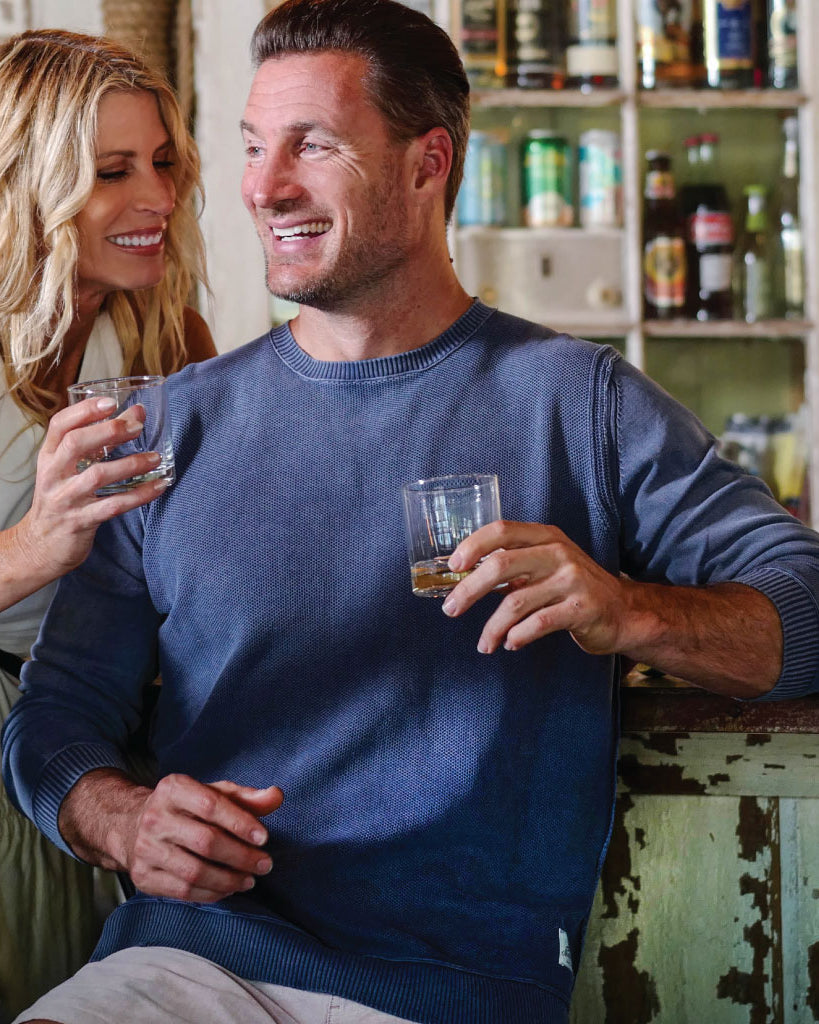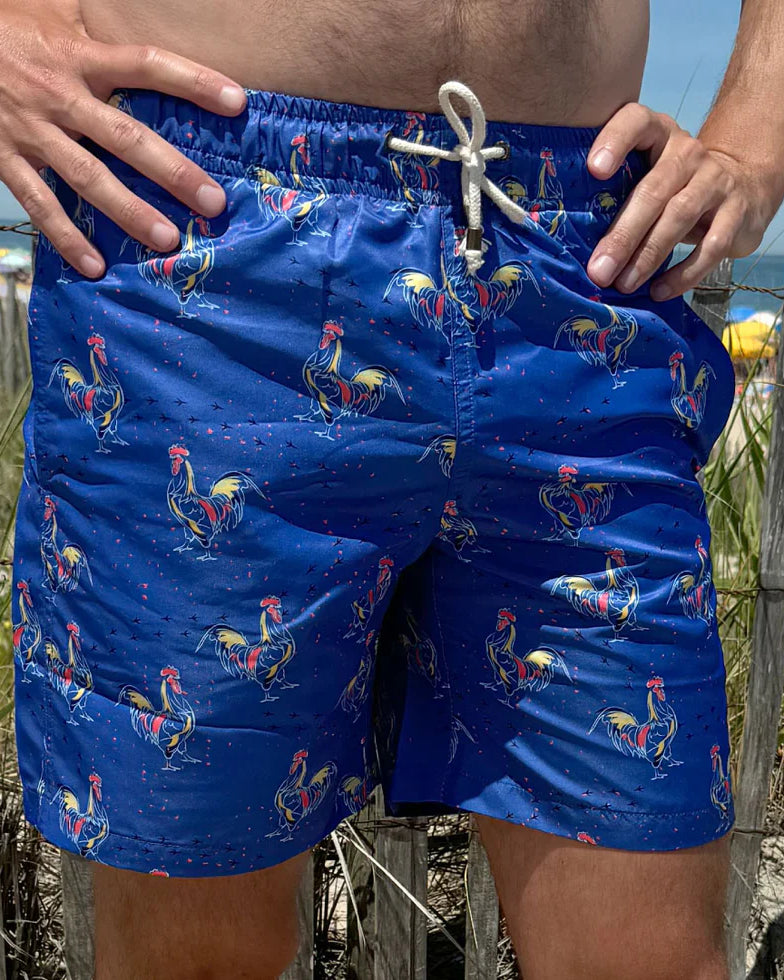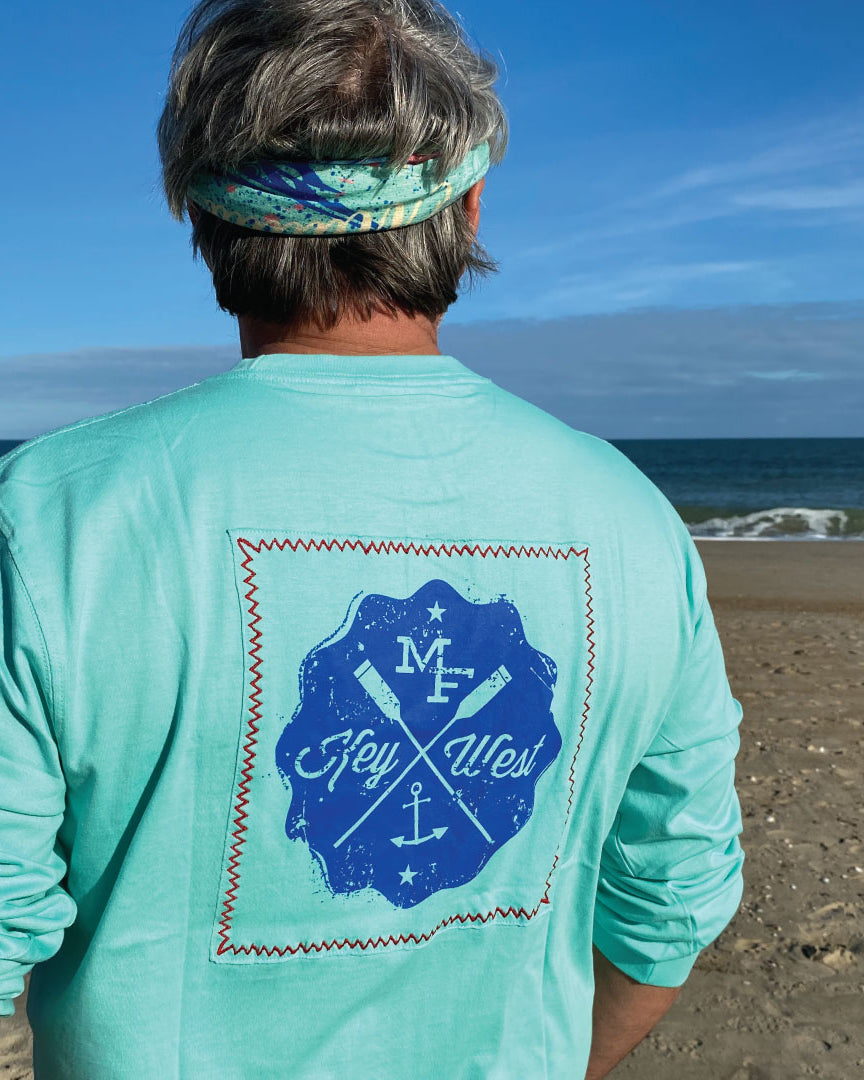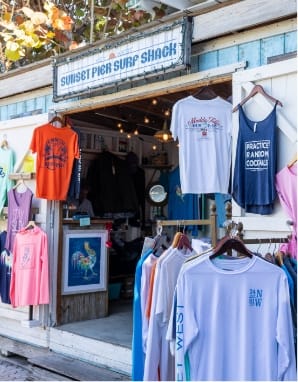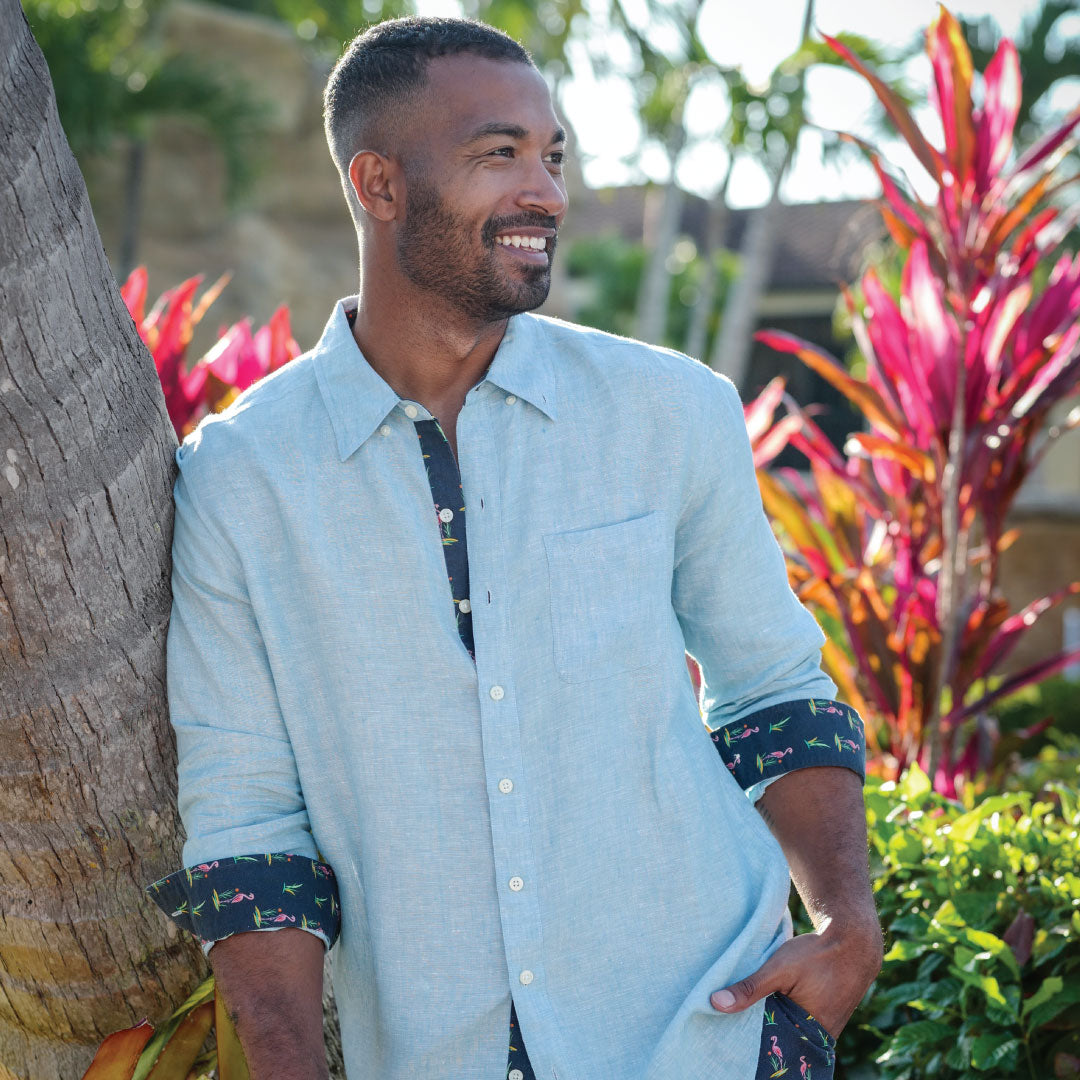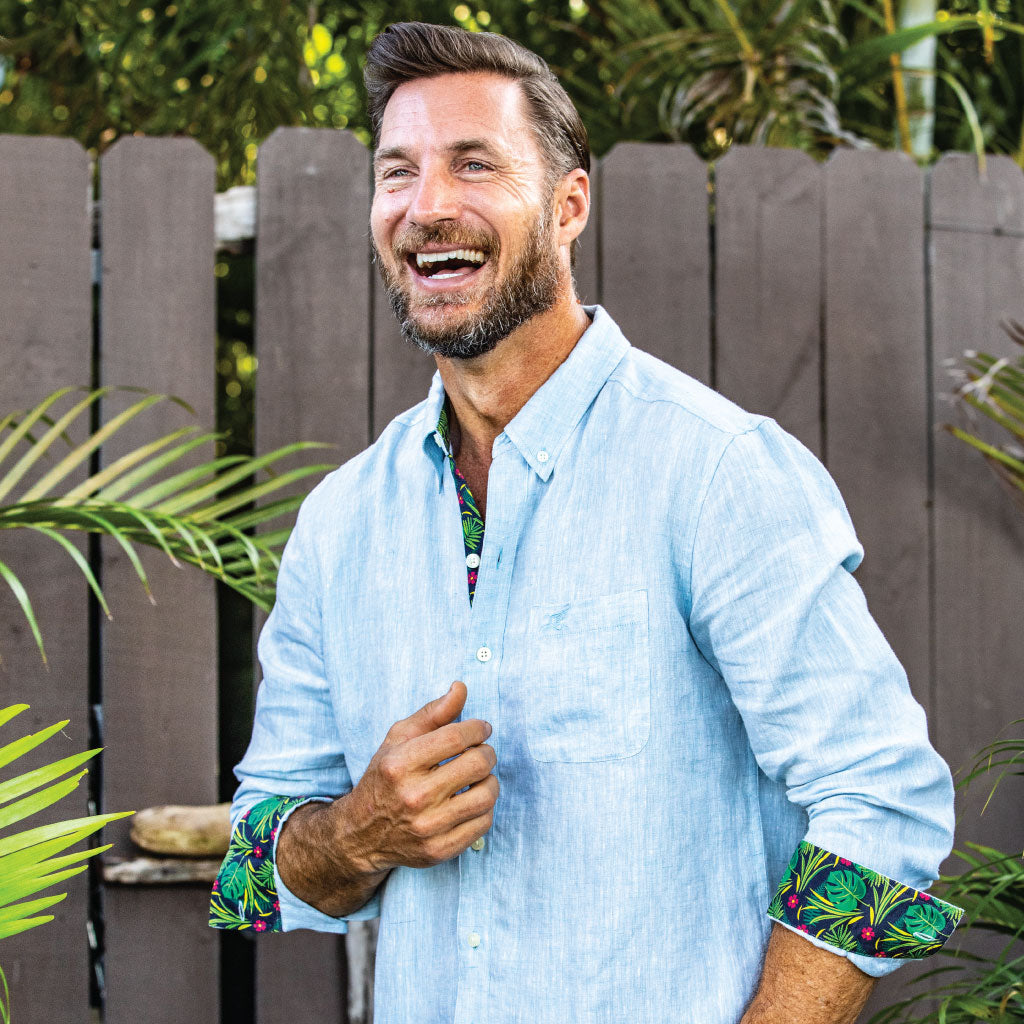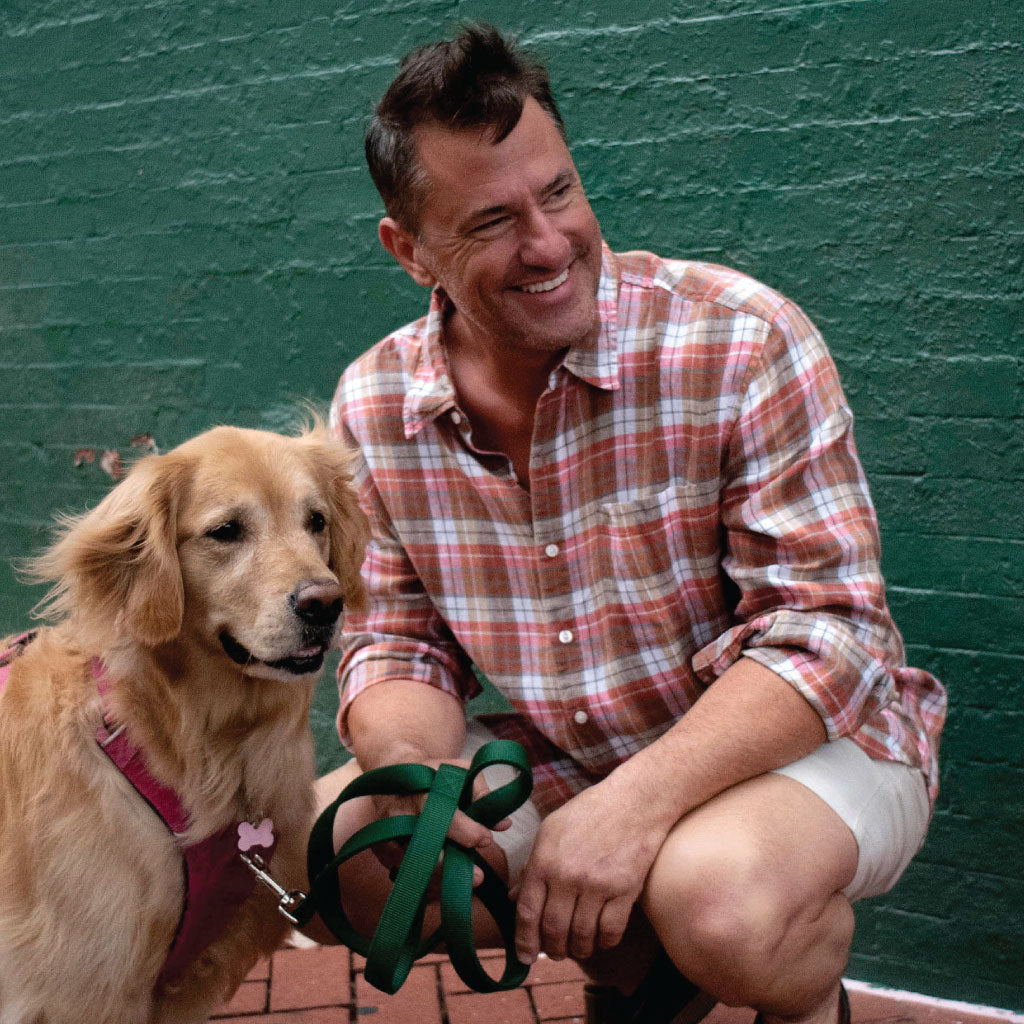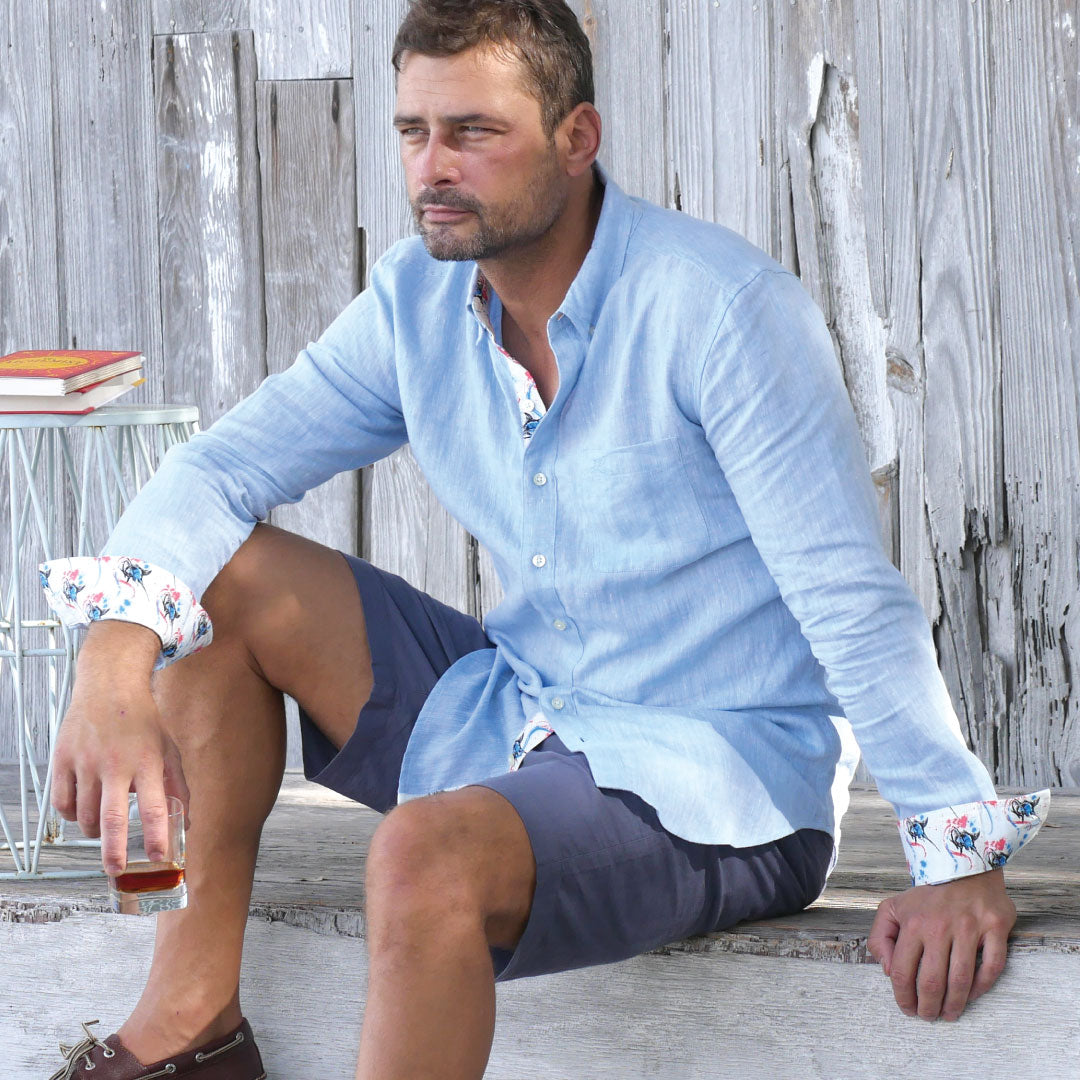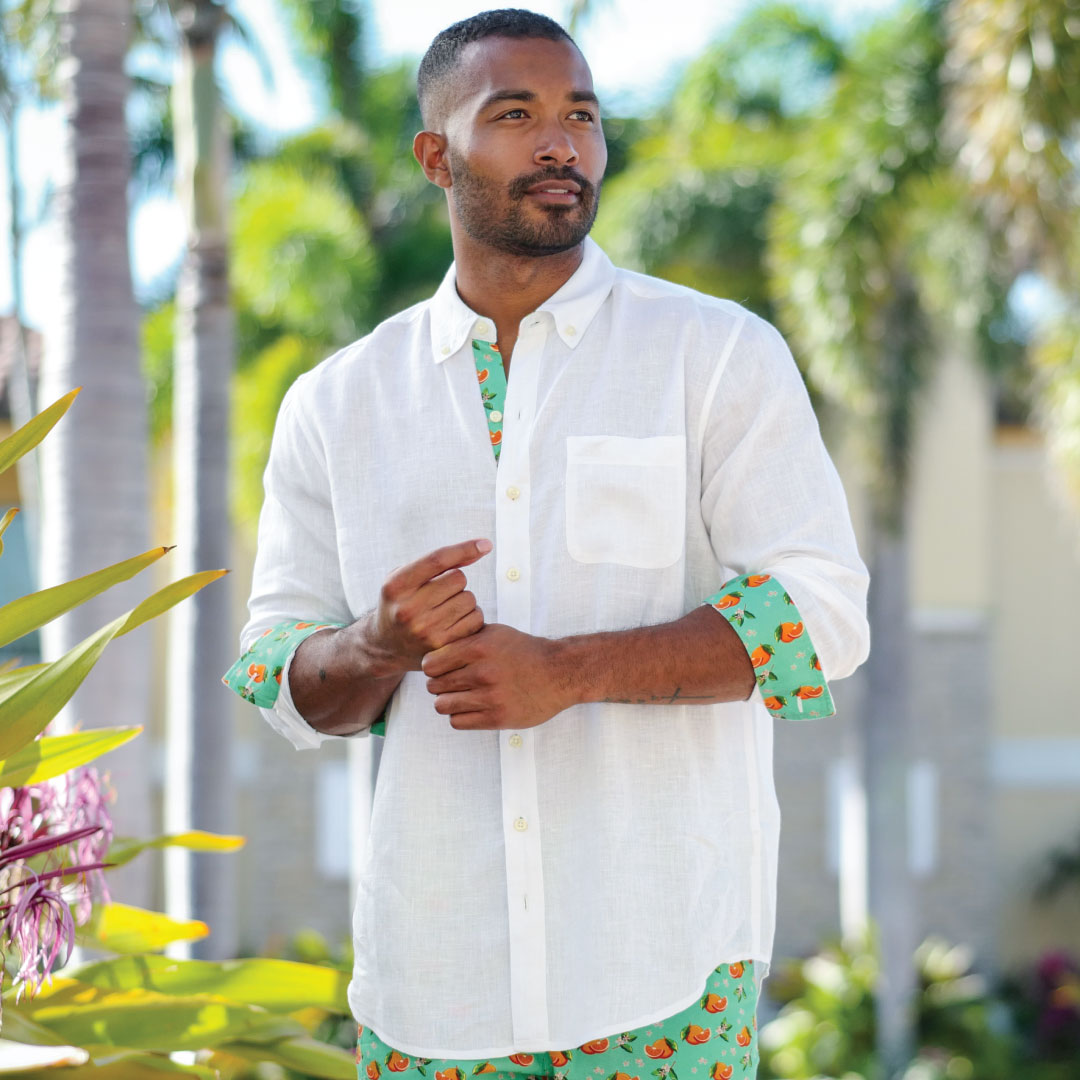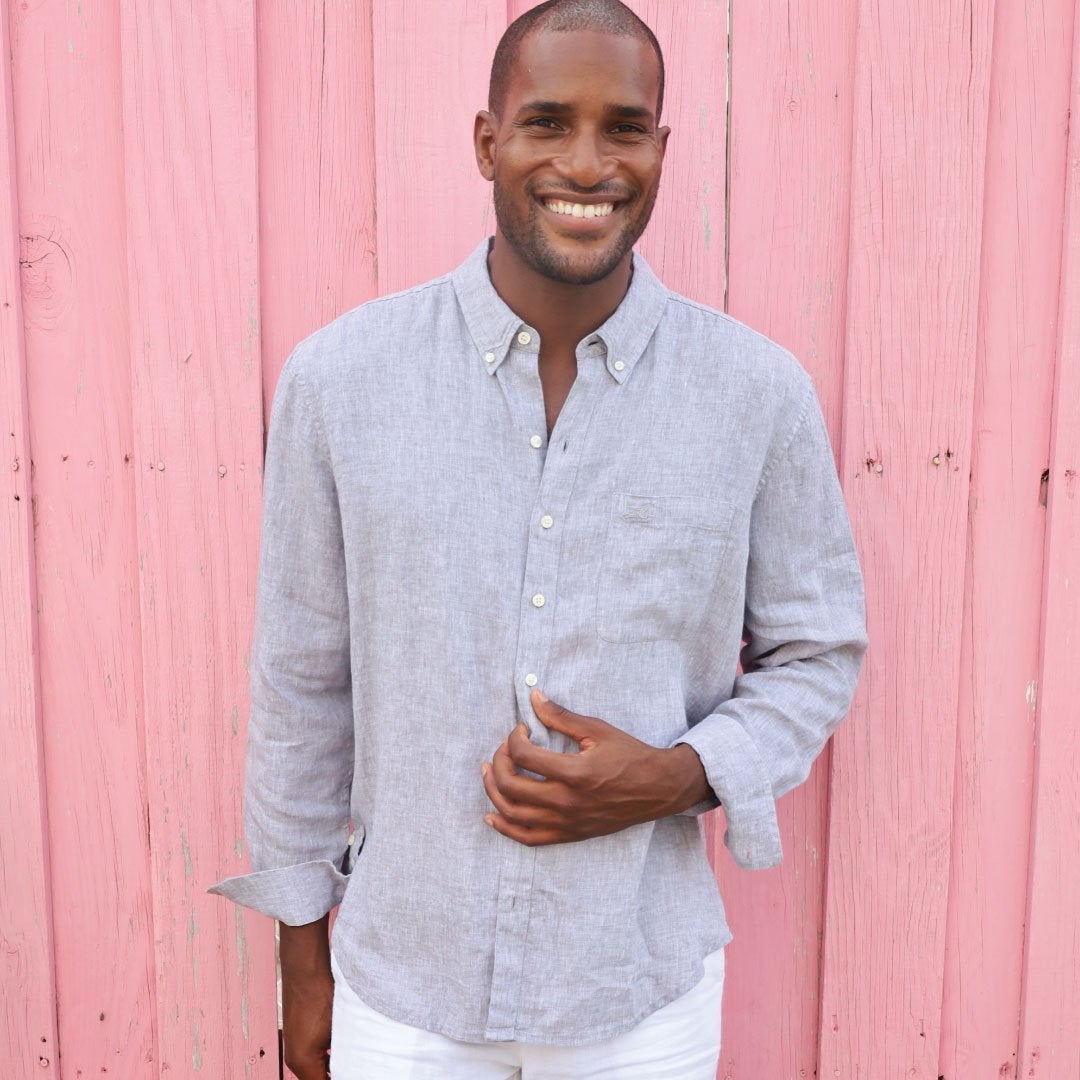
Have you ever wondered what SPF means? Is SPF 15 twice as effective as SPF 8? And what does UPF stand for on clothing labels? Is it the same or different as SPF?
Ultraviolet Rays
We try to protect ourselves against the sun's UV (Ultraviolet Rays). But the sun has different types of ultraviolet rays and each type has a differnt effect on our bodies.

The three types of UV rays are broken down simply into UVA, UVB, and UVC rays. Here is how each type can affect us.
UVA rays have the longest wavelength and reach into the deep layers of our skin resulting in wrinkling, sun spots, and aging. These rays can affect our DNA and increase our risk of skin cancer.
UVB rays have a medium wavelength and have the largest effect on the top layer of our skin. They cause redness, the burning, and at some point, can result in skin cancer.
UVC rays have the shortest wavelength and are absorbed by the earth’s ozone layer. At this point, we don’t worry about these rays.
We have been told that we should be especially careful outside from 10 am to 4 pm on bright sunny days. This is true for UVB rays. These rays have the most impact during this time in Spring and Summer.
However, UVA rays are prevalent in all seasons and at any time of day. They may not cause an immediate bad sunburn, but the long-term effects can be as devastating as UVB rays.
Now that we understand the effects each of these rays has on us, what are the best ways to protect our skin?
SPF Lotion Protection
SPF (Sun Protection Factor) is a standard used to measure the effectiveness of sunscreens. SPF is a gauge that measures how long a person can be exposed before getting burned.

Here is an example: Say you normally get a sunburn in 10 minutes without applying sunscreen. An SPF 15 sunscreen will prolong the time it takes to get a burn by a factor of 15. Therefore, 10 minutes times 15 SPF = 150 minutes to get a burn.
An issue with higher-numbered SPFs is that people feel more protected and are not worried about a burn. Higher SPF-rated sunscreens do offer more protection, but they must be applied properly, and all sunscreens should be reapplied every two hours to maintain their effectiveness.
Another problem with the SPF system is that people believe that SPF 50 is twice as effective as SPF 100. Not true. SPF 50 blocks 98% of the UVB rays, while SFP 100 blocks 99%.
In fact, the FDA has contended that SPF ratings higher than 50 are “inherently misleading.” In 2011 the FDA proposed prohibiting labels higher than SPF 50+, but currently allows a rating of up to 60+.
UPF Clothing Protection
SPF and UPF are not the same sun protection factors. UPF (Ultraviolet Protection Factor) is a standard used to measure the effectiveness of sun-protective clothing.

A UPF rating of 50 means only 1/50th of the sun's UV rays will reach the skin, meaning that 98% of the UVA and UVB rays are blocked. Here is the breakdown:
UPF Values 15 and 20 block approximately 93.3 to 95.8 percent of UV rays
UPF Values 25, 30, and 35 block approximately 96 to 97.4 percent of UV rays
UPF Values 40, 45, 50, and 50+ block approximately 97.5 to 98 percent of UV rays
One important distinction between SPF and UPF is that UPF provides both UVA and UVB protection. SPF products, unless specifically stated as a “Broad Spectrum Sunscreen” on the label, will only protect from UVB rays, not UVA rays.
No garment can be labeled as ‘sun protective’ if it has a UPF rating of less than 15. The Skin Cancer Foundation recommends clothing with a UPF rating of 30 or higher.
Obviously, the limitations of UPF clothing are only areas covered by the UPF apparel. Other areas like the face, hands, neck, ears, and potentially lower legs and arms will need another form of protection.
Another potential factor, depending on the manufacturer, some UPF products with chemicals applied may lose some of their UV protection when repeatedly laundered. Check the manufacturer's product details for their protection information.

Fun Things To Know About Sun Protection
- Darker-colored clothes absorb more UV rays than light-colored clothes providing better UV protection. (Of course, these colors will retain more heat).
- Natural fabrics like cotton, hemp, flax, and rayon have a looser weave and are cooler in warmer weather. The loose weave allows more UV rays to the skin unless the fabric is treated. See below for a laundering tip to add UPF protection to these fabrics.
- Fabrics that block the sun better are polyester, wool, silk, and denim.
- When a fabric is dry, it provides more protection than wet fabrics. Wet fabrics can reduce protection by as much as 50 percent.
- A sun protective colorless additive in some detergents can be added to your laundry during the wash cycle to give clothes an SPF Factor of 30 and can stay on the fabric for up to 20 washes.
- Many detergents contain OBAs (Optical Brightening Agents) that will boost a garment's UV protection with repeated use.
- Wearing a wide hat with a 3-inch brim will provide additional protection for the face, ears, and neck.
- Those who work and play frequently out on the water often wear a “Buff” for sun protection.
- Finally, opt for shade if feasible, not only for UV protection but also because you will feel several degrees cooler.



